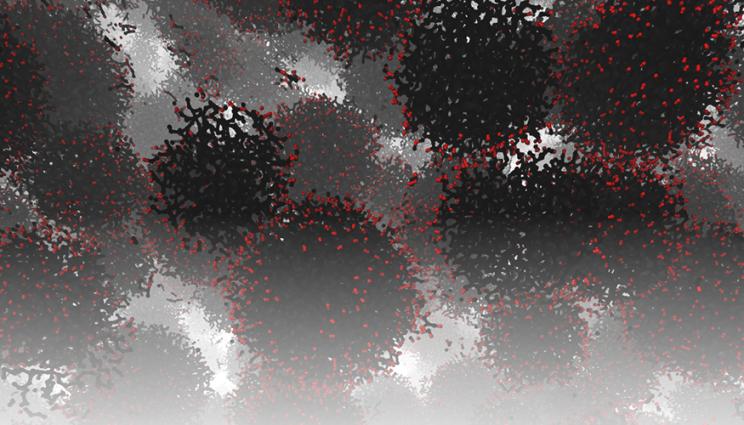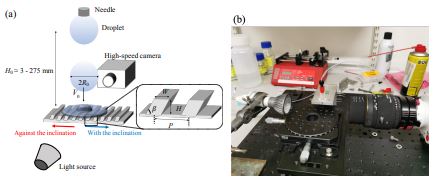2022-03-17 ローレンスリバモア国立研究所

衝撃圧縮された極低温の液体一酸化炭素から形成されると予測される、酸素で装飾された液体ナノカーボンのクラスター。機械学習による原子シミュレーションから得られたスナップショット。クラスター形成に関与するのは炭素(黒)と酸素(赤)原子のみで、周囲の反応流体は含まれないことがわかる。 Image by Rebecca Lindsey/LLNL.
<関連情報>
- https://www.llnl.gov/news/paving-way-tailor-made-carbon-nanomaterials-and-more-accurate-energetic-materials-modeling
- https://www.nature.com/articles/s41467-022-29024-x
炭素が豊富なC/O 極限状態における化学を介したオストワルド熟成 Chemistry-mediated Ostwald ripening in carbon-rich C/O systems at extreme conditions
Published: 17 March 2022 Rebecca K. Lindsey,Nir Goldman, Laurence E. Fried & Sorin Bastea
Nature Communications volume 13, Article number: 1424 (2022) Cite this article Metricsdetails
Abstract
There is significant interest in establishing a capability for tailored synthesis of next-generation carbon-based nanomaterials due to their broad range of applications and high degree of tunability. High pressure (e.g., shockwave-driven) synthesis holds promise as an effective discovery method, but experimental challenges preclude elucidating the processes governing nanocarbon production from carbon-rich precursors that could otherwise guide efforts through the prohibitively expansive design space. Here we report findings from large scale atomistically-resolved simulations of carbon condensation from C/O mixtures subjected to extreme pressures and temperatures, made possible by machine-learned reactive interatomic potentials. We find that liquid nanocarbon formation follows classical growth kinetics driven by Ostwald ripening (i.e., growth of large clusters at the expense of shrinking small ones) and obeys dynamical scaling in a process mediated by carbon chemistry in the surrounding reactive fluid. The results provide direct insight into carbon condensation in a representative system and pave the way for its exploration in higher complexity organic materials. They also suggest that simulations using machine-learned interatomic potentials could eventually be employed as in-silico design tools for new nanomaterials.



